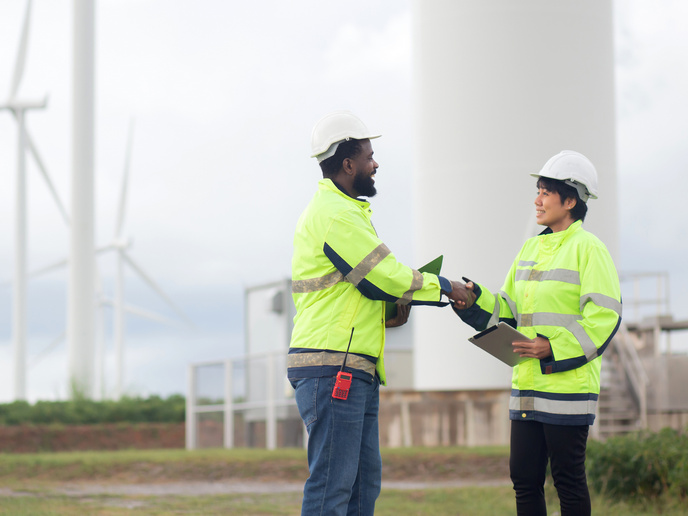Impact investments still not focused enough on beneficiaries
Impact investing provides capital for social enterprises and welfare. It emerged from trends in values-based investing and philanthropy, such as environmental, social and governance (ESG) investing, seeking a more sustainable economy. “The ‘triple bottom line’(opens in new window), shorthand for social and environmental impacts alongside financial returns, often exposes the ‘bottom line’ as a trade-off between financial returns and positive real-world impacts,” says Marc Brightman(opens in new window), coordinator of the IMPACT HAU(opens in new window) project, which was funded by the European Research Council(opens in new window). Using ethnographic methods to examine these realities, IMPACT HAU found impact investing represents different things to different actors. For the public sector it can outsource risk; for wealthy individuals, it can justify disproportionate wealth, while offering an alternative to donations. But according to Brightman: “Perhaps the key finding was that the target beneficiaries are largely absent from the discussion, despite nominally being the focus.”
The lived experiences of financial actors and beneficiaries
IMPACT HAU used trained ethnographers to study the motivations and world views of investors, alongside the expectations and experiences of beneficiaries. Methods also included document analysis, as well as participation in finance conferences and online professional groups. Several case studies investigated smaller-scale projects, including an agricultural project in Ghana, and carbon credit trading using blockchain in Sweden. A few investigated emergency payouts triggered by the COVID-19 pandemic, including the World Bank’s Pandemic Emergency Financing Facility’s pandemic bonds, especially in Senegal. Another group explored ESG assets such as green bonds, blue bonds and sustainability bonds. Finally, two case studies investigated ‘market making’, by both market actors and institutional authorities. IMPACT HAU found regional differences. For example, impact investment enjoys a higher profile in the United States, owing to its philanthropy associations, while ESG investments are more embedded and less politically volatile in Europe. Often used by global North projects for global South development, impact investment suffers from similar problems to conventional top-down development efforts, including local knowledge loss. This reflects one of the project’s main findings. According to Brightman: “Several case studies exposed the distorting effects of impact measurements based on easily quantifiable indicators, such as ‘number of beneficiaries reached’. In reality, the poor are often enlisted to make profits for investors, without their lives improving.” The ethnographic approach frequently revealed failures invisible to investors, and profits disproportionate to impacts. Meanwhile, big questions such as the global sustainability of economic growth remain taboo. “Yet, despite its failings, impact investing may help channel capital into projects contributing to the common good, and ESG may incentivise better corporate practice,” adds Brightman, from the University of Bologna(opens in new window), the project host.
Bringing impact investing to life
EU institutions (such as the European Investment Bank) have been key to establishing social and environmental finance in Europe and beyond, issuing the first green bond for example; while market participants have called for better regulation. “Our research could help inform a finer-grained approach to impact measurement and inform better messaging in the face of ideologically driven counternarratives,” notes Brightman. With finance notoriously abstract and alien to many, IMPACT HAU engaged comic artists, to showcase the human dimension, with illustrations accompanying the project’s case studies. And a graphic novel is under development which weaves together case studies through a fictional character. Brightman also hopes to establish a ‘think and do tank’ to improve the design of impact investing projects and offer a hub for collaboration.





